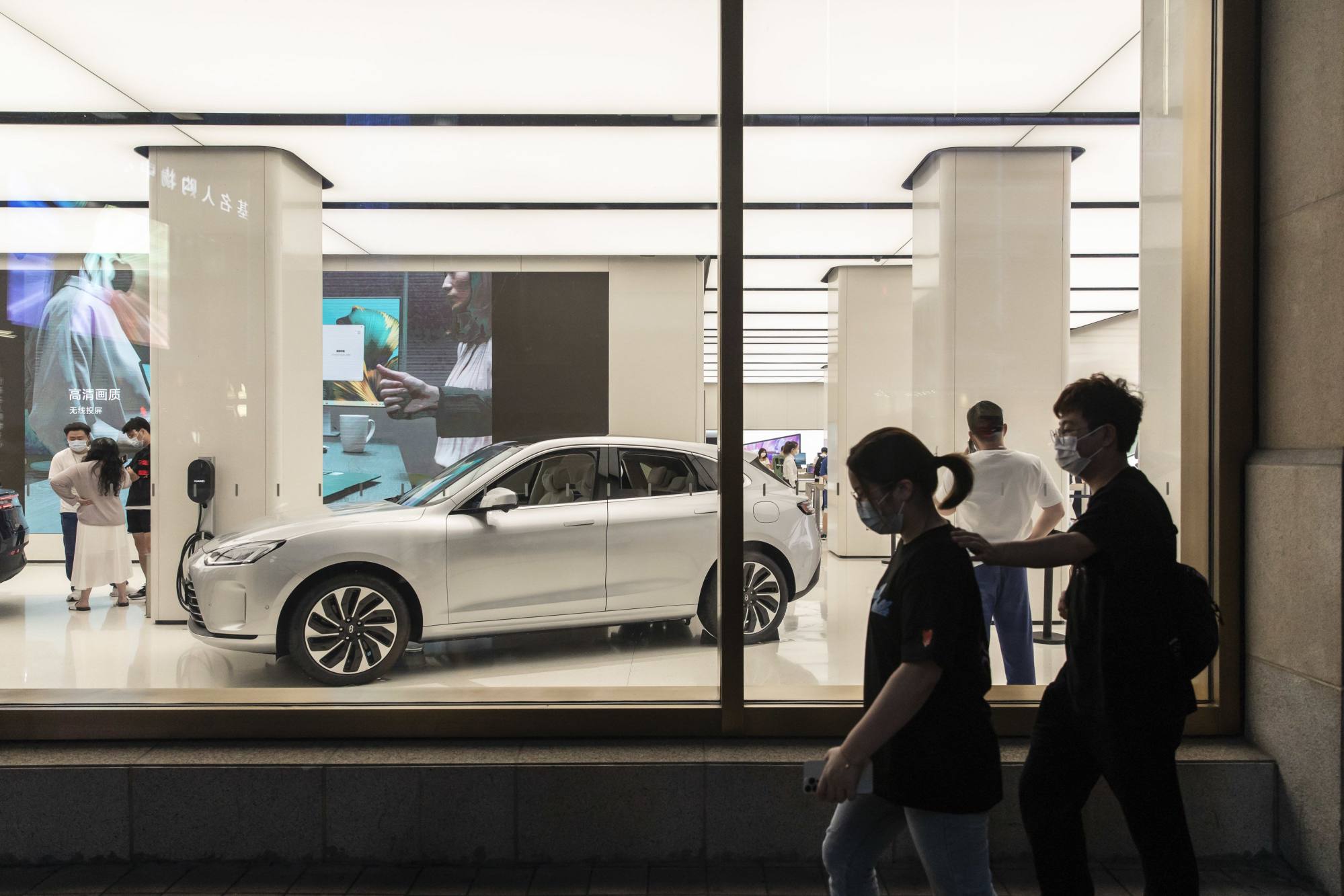
Huawei launches updated operating system HarmonyOS 3, new ride-hailing platform
- HarmonyOS 3, Huawei’s third-generation operating system, is designed to provide a more seamless experience across smart devices
- Huawei also announced the launch of Petal Chuxing, a ride-hailing platform that pulls together third-party service providers
HarmonyOS 3, Huawei’s third-generation operating system, is designed to provide a more seamless experience across devices, including smartphones, tablets, printers, cars and smart home devices such as televisions, company representatives said at an online launch event on Wednesday.
Huawei also announced the launch of Petal Chuxing, a ride-hailing platform that pulls together third-party service providers. Running on HarmonyOS 3, the new app is compatible with several Huawei devices, including smartphones, watches and tablets, the company said.

Huawei’s decision to carry on with its self-developed operating system and introduce a ride-hailing service comes as the company struggles to revive its consumer business, which has been crippled by US sanctions.
To date, over 300 million Huawei devices have been equipped with various versions of HarmonyOS, Richard Yu Chengdong, chief executive of Huawei’s consumer business group, said on Wednesday.

HarmonyOS 3 will be made available to more devices starting in September, the company said.
However, Huawei’s efforts to persuade third-party smartphone and gadget makers to adopt HarmonyOS remain an uphill battle. Android is still the world’s most popular mobile operating system with a 72 per cent share in July, according to data from StatCounter.
Despite the challenges, Huawei continues to invest in HarmonyOS amid Beijing’s call for Chinese companies to develop home-grown computer operating systems and reduce dependence on foreign rivals, such as Microsoft Windows and Google’s Android.
Additional reporting by Che Pan

